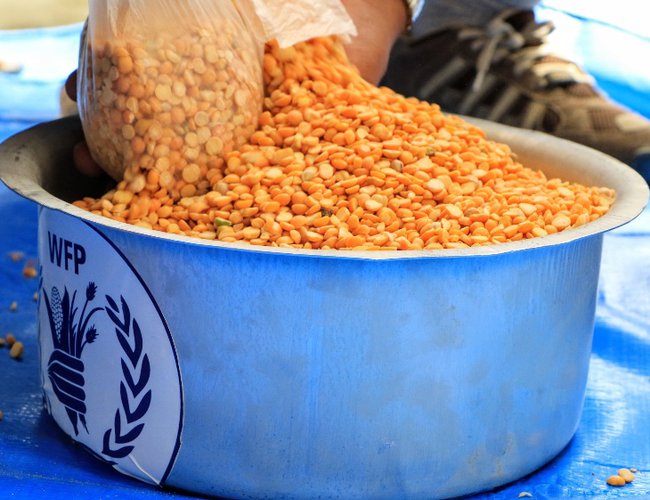
The latest round of regularly conducted DFSN meetings in July 2017 classified all Terai districts as minimally food insecure. DFSNs estimated that roughly 709,500 people were in difference VDCs required external assistance to meet food and non-food needs. This is about 42 percent of the total population in the flood-affected areas and 10 percent of the total district population.
The next round of DFSN meetings will be held in mid-November. Until then, DFSNs anticipate that the food security situation will improve in Sarlahi and Rautahat, but continue in the current food security state in the remaining 8 districts if affected households do not receive external assistance.
District Food Security Networks, based on current conditions and future scenarios, have forecasted the likely food security situation for the period of late August to mid-November 2017. Overall, DFSNs anticipate that the food security situation will improve in Sarlahi and Rautahat, but continue in the current food security state in the remaining 8 districts if affected households do not receive external assistance DFSNs reported that the situation in severely food insecure VDCs will slightly improve. The number of highly food insecure VDCs will decrease to 171 from 215, and the number of moderately food insecure VDCs will increase to 333 from 281.
The number of minimally food insecure VDCs will, however, remain as same. DFSNs attributed the outlook largely to large-scale damage to assets, infrastructure and productive resources (e.g. crops, livestock, fish ponds, crop fields etc.), which require substantial time and resources to restore and recover.
According to WFP report, August-November is typically a lean season period when no major cereal crops are harvested in the Terai. As previous household stocks of wheat (harvested in April/May) were washed away, households are expected to face severe food consumption gaps. Because of erratic rainfall during paddy transplantation (before 10 August) and damage caused to the s
The breakdown of the DFSN classifications are as follows 8 VDCs of Saptari as severely food insecure,) 215 VDCs and municipalities as highly food insecure, 281 VDCs and municipalities as moderately food insecure , 233 VDCs and municipalities as minimally food insecure.
- TANAHU HYDROPOWER PROEJCT: A Significant Achievement
- Apr 15, 2024
- AMBASSADOR HANAN GODAR: Sharing Pain With A Nepali Family
- Mar 30, 2024
- VISIT OF KfW AND EIB TO NEPAL : Mission Matters
- Mar 25, 2024
- NEPAL BRITAIN SOCIETY: Pratima Pande's Leadership
- Mar 24, 2024
- NEPAL ARMY DAY: Time To Recall Glory
- Mar 15, 2024
















